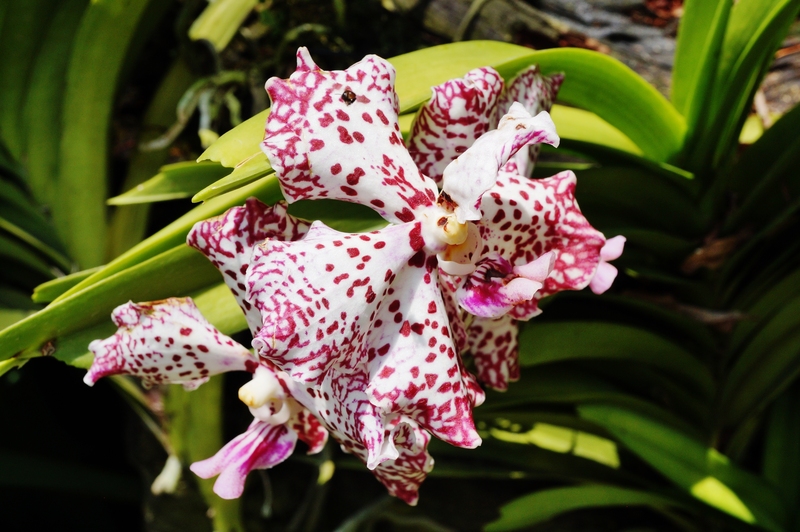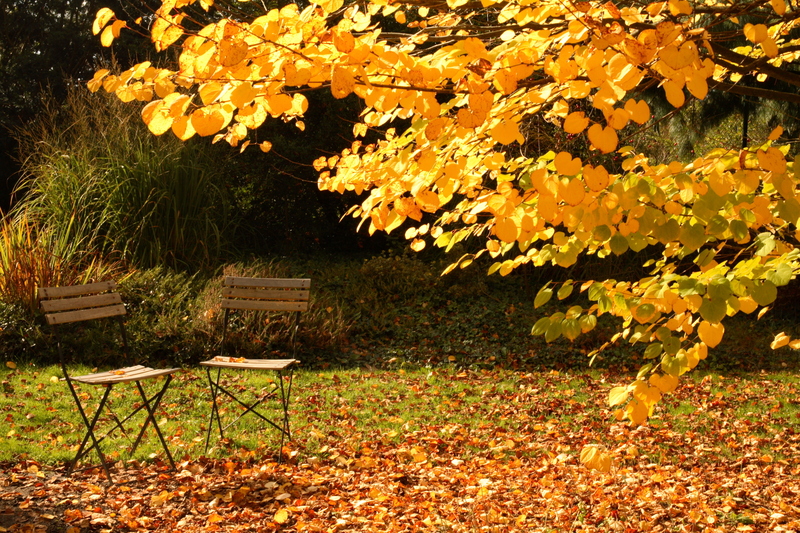Steps to Design an Alpine Rockery
Posted on 12/09/2024
An alpine rockery can transport the drama and beauty of mountainous landscapes directly into your garden. By strategically placing stones and selecting the right types of plants, you can create a robust, thriving piece of nature. Here are the steps to design an alpine rockery that elevates your garden aesthetic and provides a perfect habitat for alpine plants.
Step 1: Choose the Right Location
Location is paramount when designing an alpine rockery. Ideally, it should be in a sunny spot as most alpine plants thrive in sunlit conditions. Ensure the area has good drainage to prevent water accumulation, which can harm alpine plants. Slopes or raised beds are usually beneficial for optimal water drainage.

Step 2: Plan Your Design
Before starting, visualize and sketch your rockery design. Consider the size and shape of the area, the arrangement of rocks, and plant placement. Incorporate varying rock sizes and elevations to emulate a natural alpine environment. Planning ahead will help in accurate material estimation and smoother execution.
Step 3: Gather Materials
Collect rocks, stones, gravel, and alpine plants. Use different rock types and sizes to add texture. Native rocks and stones will make your rockery look more natural. Stock up on well-draining soil mixes and consider adding organic matter to enrich the soil.
Step 4: Prepare the Ground
Clear your chosen area of any weeds or grass. Excavate to a depth of at least 12 inches and lay a layer of coarse gravel, followed by a layer of well-draining soil. This setup mimics the natural rocky terrain and supports the specialized needs of alpine plants.
Step 5: Place the Rocks
Begin by placing the largest rocks first to establish the fundamental structure. Arrange them to create natural-looking crevices and ledges, then proceed with medium-sized and smaller rocks. Aim for a natural, layered appearance that provides various niches for planting and growth.
Step 6: Plant Selection
Choose plants that are suited to an alpine environment. Examples include saxifrages, alpine asters, and sedums. Group plants with similar needs and growth patterns. Plant taller varieties at higher elevations and creeping types on slopes or in the foreground to maintain a naturalistic look.
Step 7: Planting
Position the plants into the crevices and around the rocks. Ensure they are securely planted into the soil and not just resting on the surface. Water them thoroughly after planting to help establish root systems. Mulch with gravel to suppress weeds and preserve soil moisture.
Step 8: Maintenance
An alpine rockery requires moderate maintenance. Regularly water the plants, especially during dry spells. Remove weeds promptly and monitor for pests. Prune dead leaves and flowers to keep the rockery looking fresh and to encourage new growth.
Pros and Cons
Pros
- Low Maintenance: Once established, alpine rockeries require minimal care compared to traditional gardens.
- Unique Aesthetic: Adds a distinct, naturalistic visual element to your garden.
- Habitat Creation: Provides a specialized environment for alpine plants and attracts beneficial wildlife.
Cons
- Initial Effort: Creating an alpine rockery can be labor-intensive at the start.
- Plant Selection Limitations: Not all plant types are suitable for rockeries, limiting variety.
- Specialized Care: Requires knowledge of specific plant needs and proper drainage techniques.
Tips
- Research plants: Choose varieties appropriate for your climate and rockery environment.
- Start Small: If new to rockeries, begin with a smaller area to learn the basics.
- Add Mulch: Use gravel mulch to control weeds and retain soil moisture.
- Monitor Soil: Regularly check soil drainage and adjust substrate mix as necessary.

Takeaways
- Careful planning and location selection are crucial for a thriving alpine rockery.
- Use a mix of rock sizes and native stone to create a natural appearance.
- Choose alpine plants suited to your environment and group them according to their needs.
- Regular maintenance will ensure the health and beauty of your alpine rockery.
Conclusion
Designing an alpine rockery can be a rewarding project that brings the beauty of mountainous landscapes to your own garden. By following these steps, you can create a stunning and low-maintenance rockery that will thrive for years to come. So, gather your materials, plan thoughtfully, and start building your alpine haven today!






